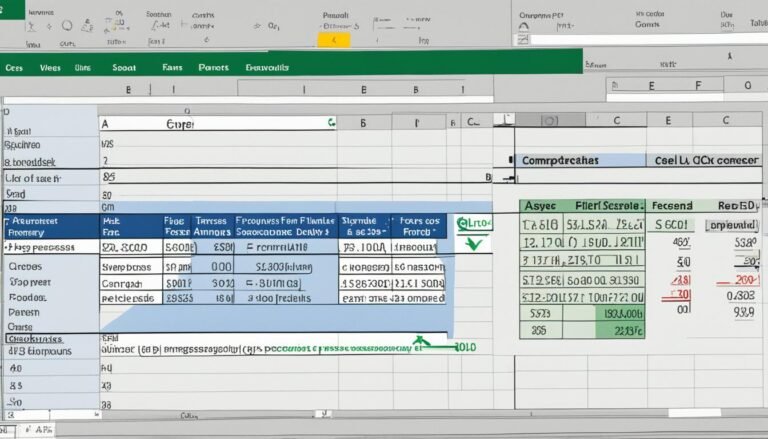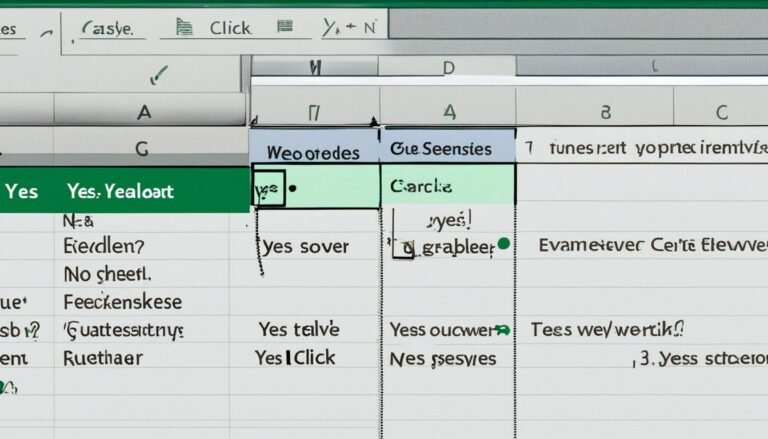How To Remove Duplicates in Excel
Welcome to the world of Excel, where data reigns supreme and duplicates can wreak havoc on your carefully crafted spreadsheets. Duplicates are like that uninvited guest who shows up at a party unannounced – they clutter your data, confuse your analysis, and just make everything messy. But fear not! In this blog post, we’re going to dive deep into the realm of removing duplicates in Excel. So buckle up, grab your virtual broom, and let’s clean house together!
How To Remove Duplicates in Excel
Understanding the Different Types of Duplicates in Excel
When working with Excel, understanding the different types of duplicates is essential for effective data management. Duplicates can be categorized into two main groups: exact duplicates and partial duplicates.
Exact duplicates are identical entries that appear more than once in a dataset. These can skew your analysis and impact the accuracy of your reports. On the other hand, partial duplicates occur when only specific columns or fields within a row match other entries in the dataset.
Identifying these different types of duplicates allows you to tailor your approach when it comes to cleaning up your data. By recognizing whether you’re dealing with exact or partial duplicates, you can choose the most appropriate method to remove them efficiently and maintain data integrity.
Being able to differentiate between these types of duplicates empowers you to make informed decisions about how best to manage and clean up your Excel spreadsheets for optimal performance and accurate insights.
Why Removing Duplicates is Important
Have you ever opened an Excel sheet only to be overwhelmed by the clutter of duplicate data? Removing duplicates is crucial for maintaining accurate and reliable information.
Having duplicate entries can skew your analysis and lead to incorrect conclusions. Imagine calculating sales figures with duplicated transactions – the results would be inaccurate.
Removing duplicates streamlines your data, making it easier to spot trends and patterns. When each entry is unique, it becomes simpler to identify key insights without distractions.
Moreover, eliminating duplicates enhances efficiency in data management. With a clean dataset free from redundancies, you can work more effectively and save time on unnecessary tasks.
In essence, the importance of removing duplicates cannot be understated in ensuring data integrity and facilitating efficient decision-making processes.
Step-by-Step Guide on How to Remove Duplicates in Excel
- Let’s dive into the step-by-step process of removing duplicates in Excel. First, open your Excel spreadsheet and select the range of cells where you want to check for duplicates. Then, navigate to the “Data” tab on the toolbar at the top of the screen.
- Next, locate and click on the “Remove Duplicates” option. A pop-up window will appear with a list of all columns in your selected range. Here, you can choose which columns to base your duplicate removal on by checking or unchecking them.
- After selecting the appropriate columns, click “OK.” Excel will then scan through your data and remove any duplicate rows based on your criteria. Remember to double-check your data after removing duplicates to ensure accuracy.
How To Remove Duplicates in Excel : Tips and Tricks
When it comes to efficiently managing duplicates in Excel, there are several tips and tricks that can save you time and effort. One useful technique is using the “Conditional Formatting” feature to highlight duplicate values instantly. This visual aid makes it easier to spot duplicates at a glance.
Another handy tip is utilizing the “Remove Duplicates” function under the Data tab. This tool allows you to quickly eliminate duplicate entries based on specific columns or criteria, streamlining your data cleaning process.
For more advanced users, creating custom formulas using functions like COUNTIF can help identify and manage duplicates with precision. By understanding how these formulas work, you can tailor them to suit your unique data sets effectively.
Additionally, regularly auditing your spreadsheets for duplicates and implementing a systematic approach to data entry can prevent duplication issues from arising in the first place. By incorporating these tips into your Excel workflow, you’ll be able to manage duplicates efficiently and maintain clean, accurate datasets effortlessly.
Common Mistakes to Avoid when Removing Duplicates
When it comes to removing duplicates in Excel, there are some common mistakes that you’ll want to avoid. One of the most frequent errors is not selecting the right data range before applying the duplicate removal function. It’s important to ensure that you have highlighted all the columns where you suspect duplicates may exist.
Another mistake is overlooking case sensitivity when identifying duplicates. Excel treats uppercase and lowercase letters as different characters, so be mindful of this when checking for duplicates in your dataset. Additionally, failing to review your data before removing duplicates can lead to unintentional loss of important information.
Not utilizing the “Remove Duplicates” feature correctly can also result in errors. Make sure to carefully follow the step-by-step guide provided by Excel when eliminating duplicates from your spreadsheet. By avoiding these common pitfalls, you can efficiently manage and clean up your Excel sheets without any unnecessary hiccups along the way.
Conclusion
After mastering the art of removing duplicates in Excel, you’ll streamline your data management tasks like a pro. Embrace the power of Excel functions to keep your spreadsheets clean and organized. Remember, attention to detail is key when it comes to maintaining accurate data records.
By understanding the different types of duplicates and why they matter, you’re equipped to tackle any data cleaning challenge head-on. Efficiency is key when working with large datasets; removing duplicates not only saves time but also ensures data integrity.
Follow the step-by-step guide provided above for a seamless duplicate removal process. With practice, you’ll become proficient at managing duplicates effectively. Stay vigilant for common mistakes that can trip you up along the way – precision is paramount in Excel operations.
Becoming adept at removing duplicates in Excel enhances your productivity and proficiency in handling complex datasets. Keep honing your skills and exploring advanced techniques to excel in data management tasks effortlessly.
Key Takeaways
- Removing duplicates in Excel is essential for maintaining data accuracy and integrity.
- Understand the different types of duplicates, such as exact and partial matches, to effectively identify and eliminate them.
- Use Excel’s built-in tools like Remove Duplicates function to streamline the process and save time.
- Remember to backup your data before removing duplicates to avoid any inadvertent loss of information.
- Regularly manage duplicates in your Excel sheets to keep your data organized and error-free.
- By following these key takeaways and implementing the step-by-step guide provided in this article, you can efficiently remove duplicates in Excel and optimize your data management processes. Keep these tips in mind to enhance your productivity when working with spreadsheets.




